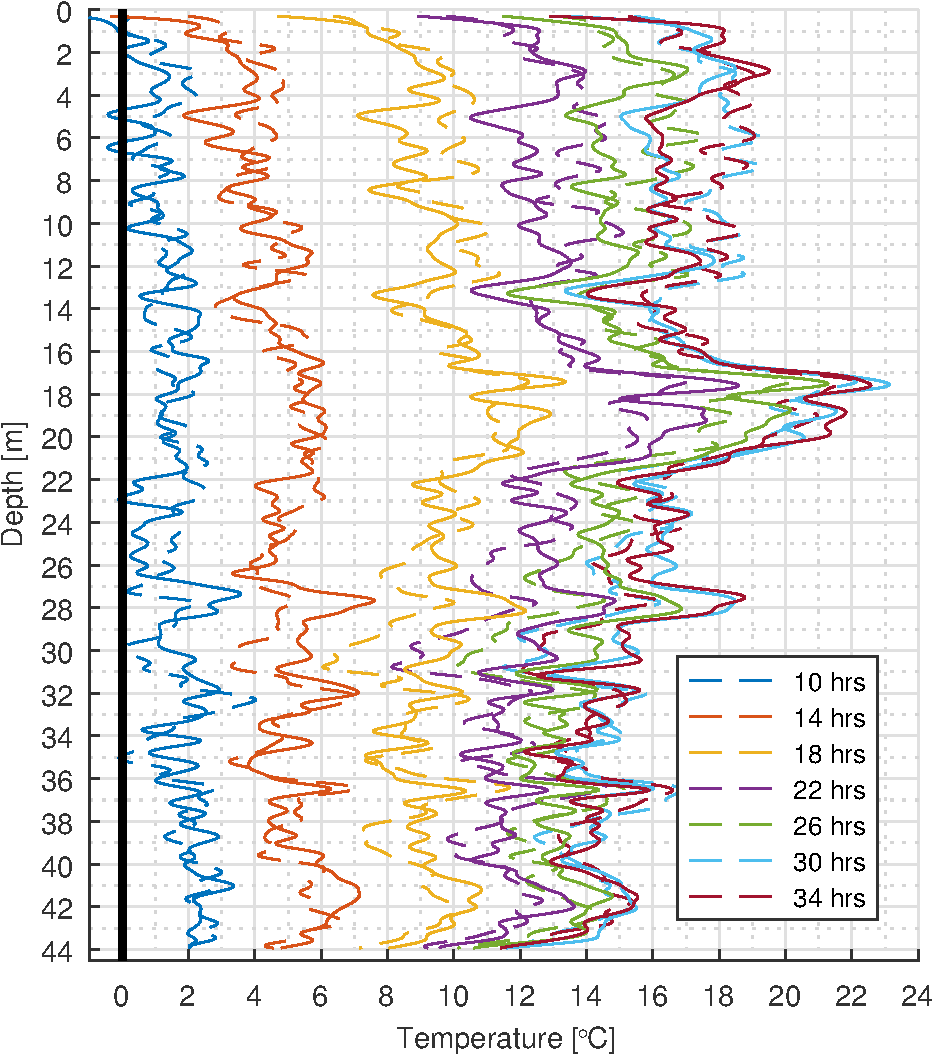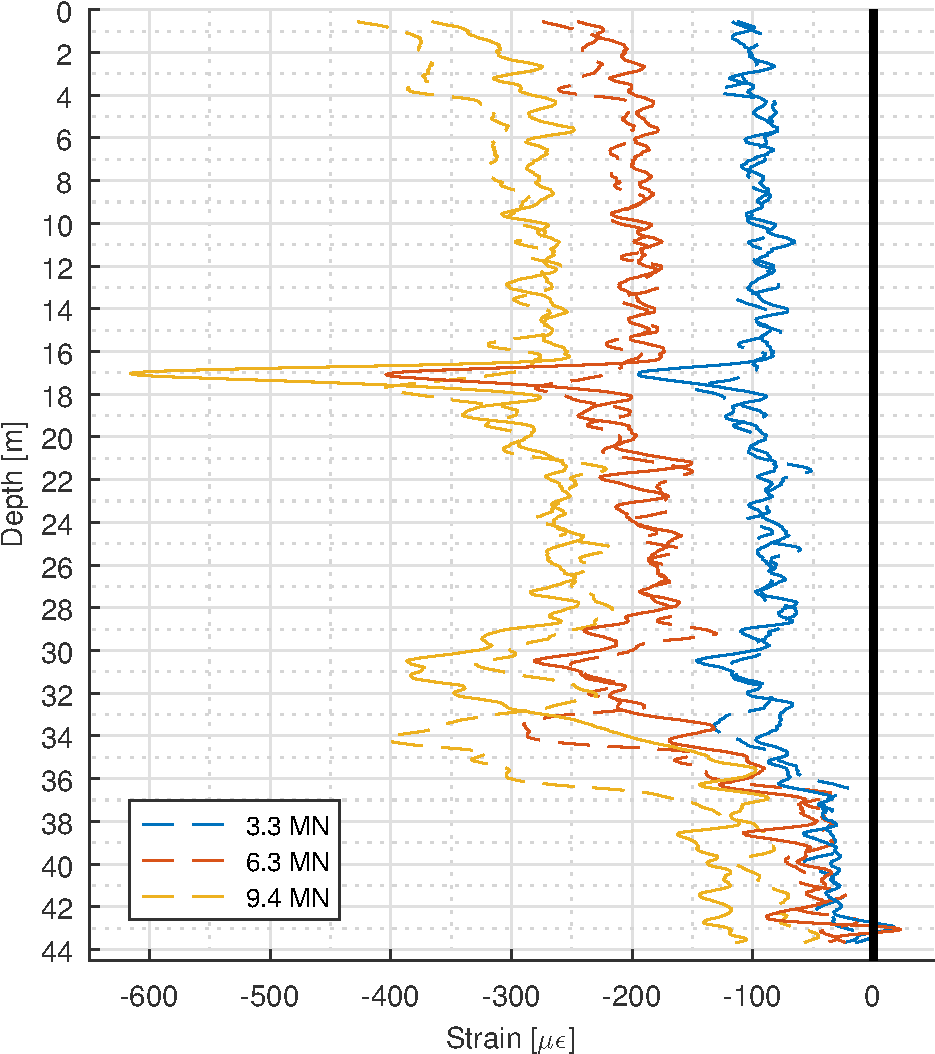Researchers at the Centre for Smart Infrastructure and Construction give their views on three infrastructure projects analysing structural performance using fibre optic monitoring
CSIC director Jennifer Schooling, OBE, on generating richer information from sensor monitoring

The abundance of data in the 21st century creates exciting new opportunities for the infrastructure and construction sector to gain new insights into how infrastructure systems are performing. The Centre for Smart Infrastructure and Construction (CSIC) is doing this through realising the full value of data generated from monitoring systems to generate a better understanding of the behaviour of our assets.
CSIC has deployed and validated new sensor technologies on more than 100 infrastructure and construction project sites. Data analytics enables us to distil large amounts of sensing data into information to inform decision-making on how to increase capacity, efficiency, reliability, and resilience, which ultimately yields benefits for users of the assets.
This opportunity is not limited to new infrastructure; there is also considerable potential to improve the condition and management of our existing infrastructure. This is significant, as the value of infrastructure in use is substantially greater than the value of infrastructure in development. In fact, each year construction of new assets adds just 0.5 per cent to the capital value of all UK infrastructure. Effective maintenance of existing assets offers a more sustainable approach to increasing capacity, resilience and longevity of infrastructure systems, reducing the need to construct new assets and hence avoiding the sizeable carbon emissions incurred in the process.
Mitigating climate change
CSIC hosted a round table at the 2018 Global Engineering Congress to focus on the role of data as an engineering tool in mitigating climate change.
The round table included infrastructure engineers and owners, sustainability professionals, academics and representatives of development banks and the insurance sector.
The discussions highlighted the role that civil engineers have to play in climate change mitigation, including gaining a clear understanding of the carbon emissions arising from design, construction and management activities.
Data from sensing and other sources is vital to enable us to quantify carbon emissions and take measures to reduce them by informing decisions on materials use, waste, and construction and operation processes.
Monitoring performance of reinforced concrete piles, by Nicholas De Battista, CSIC research associate

Traditional strain gauges and extensometers used to monitor reinforced concrete piles provide limited information as they only return measurements at discrete points, rather than along the entire length of a pile. Securing richer information about the behaviour of concrete piles supports future designs to be more accurate, enabling a reduction in the use of construction materials.
CSIC has installed distributed fibre optic sensors (DFOS) in several piles because it is ideal for monitoring strain or temperature over distance, and particularly good for detecting cracks, material anomalies or embedded defects that cannot be observed with point sensors. DFOS monitoring of piles enables measurement of the concrete curing temperatures, as well as strain and displacement during pile testing, or during the operational phase of a working pile. DFOS provides a complete profile along several sides and down the entire depth of the pile, thus delivering more information than strain gauges or extensometers limited to single points.
Figure one (below left) demonstrates the importance of obtaining a continuous measurement profile along the whole depth of a pile. Here, data from a compression test pile shows the concrete curing temperature at regular intervals. The concrete reached peak temperature after about 34 hours. Normally the temperature profile would be fairly uniform along the whole depth, but in this case there is a clear rise in peak temperature at about 17m depth. This is indicative of an anomaly, which was confirmed through testing with cross-hole sonic logging. The pile was then load tested with a standard static load test, which showed a distinctive spike in compression strain at the location of the suspected anomaly, mainly on one side, confirming the presence of a localised weak spot (figure two, below right).


Figure one (left): concrete curing temperature for monitoring performance of reinforced concrete piles. Figure two (right): load test strain for reinforced concrete piles
CSIC has developed the capability of this technology, leading to rapid industry uptake in recent years. It offers a full pile testing service in partnership with spinout company Epsimon. DFOS offers a cost-effective technology for pile testing, as the equivalent cost per sensing point is very low compared with traditional point measurement sensors.
Optimising the design of sprayed concrete linings, by Nicky De Battista, CSIC research associate
CSIC collaborated with industry partners Crossrail and Mott MacDonald to use DFOS to monitor the behaviour of sprayed concrete lining (SCL), a technique used to construct underground station tunnel walls on the Crossrail project in London. CSIC embedded a DFOS system in the SCL in an enlargement chamber at two cross-passage junctions of Crossrail Liverpool Street Station, to monitor changes in the continuous strain profile that occurred during excavation of the cross-passages.
The distributed nature of the strain measurements made it possible to reconstruct the strain map in the tunnel lining during every stage of the cross-passage excavations with unprecedented spatial detail.
The monitoring data indicated that the load distribution in the tunnel SCL during cross-passage excavation was localised, and significant increases in strain were limited to a relatively small distance from the cross-passage opening. This is an important finding, indicating that the strengthening of the tunnel walls is unlikely to be necessary beyond the first 3m either side of the cross-passages, thus leading to safer construction and considerable savings in time, cost, and materials, with the resulting reduction in carbon emissions.
Improving the understanding and capacity of existing assets, by Sam Cocking, CSIC PhD student

In 2018 Network Rail commissioned engineering firm AECOM and CSIC to install structural health monitoring (SHM) technologies on a masonry arch bridge in North Yorkshire to monitor how this 150-year-old bridge behaves structurally, since repair work in 2016. Network Rail also wanted to use this opportunity to explore available monitoring technologies, to identify SHM options that could be used as alternatives to the traditional system of deflection pole monitoring for masonry arch assets.
AECOM installed an autonomous, remote monitoring system, comprising a range of dynamic point-sensing technologies including strain gauges and linear potentiometers. CSIC implemented distributed monitoring technologies, including: laser scanning and vibrometry; fibre-optic fibre Bragg gratings (FBGs), for detailed dynamic measurement of strains in a variety of configurations across the arch; and videogrammetry to capture dynamic displacements. Figure three shows the devices which were installed on the arch soffit. CSIC also deployed non-contact monitoring technologies – laser scanning to obtain detailed information on the visible ‘as-is’ geometry of the bridge, as well as laser vibrometry and videogrammetry to measure magnitudes of its dynamic live load deformations.
This project provided an important comparison of emerging sensing technologies, to allow refinement and optimisation of future bridge monitoring systems, so these can better target the essential information needed to make effective and efficient asset maintenance decisions.
- The Centre for Smart Infrastructure and Construction is an Innovation and Knowledge Centre, based at the new Civil Engineering Building at the University of Cambridge. It has been developing distributed fibre optic sensor systems for more than a decade.


